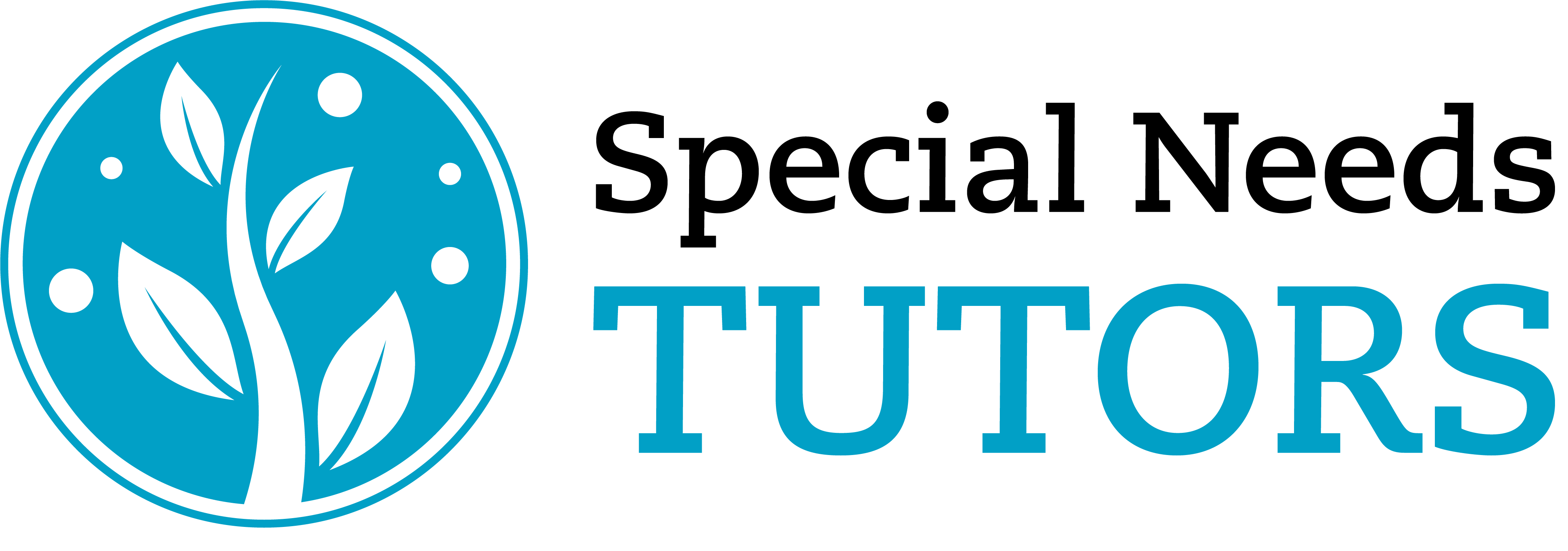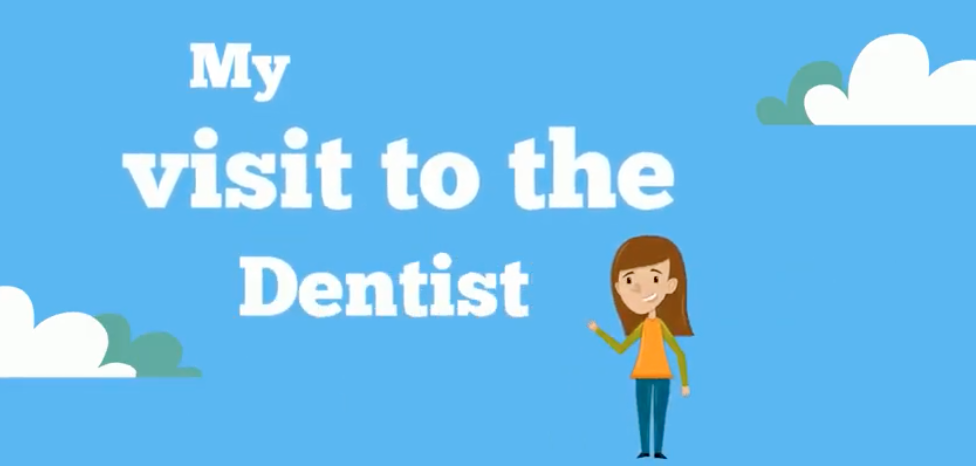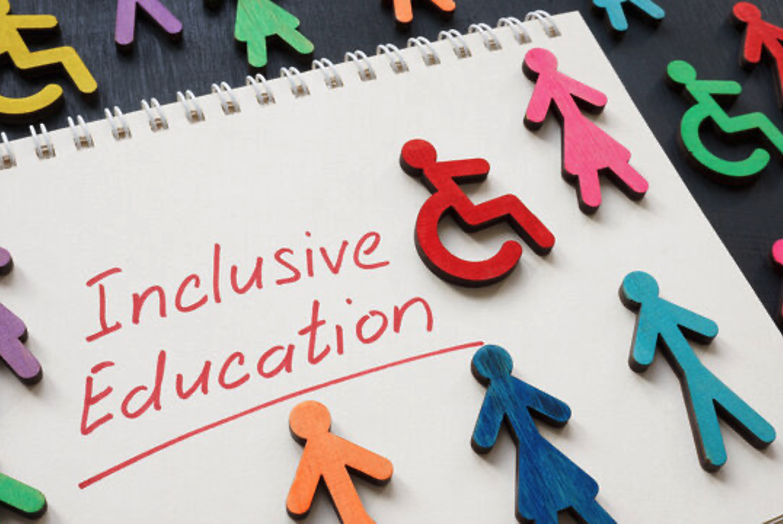Social Stories
Strategies for learners with Autism Spectrum Disorder
“Young children with autism spectrum disorder (ASD) often demonstrate delays in expressive communication, impacting their ability to independently function in typical environments” (Lane, Shepley, & Lieberman-Betz, 2016, p. 3216). It has been reported that up to 25% of individuals diagnosed with autism spectrum disorder also demonstrate significant impairment in social communication whether that be expressively or receptively (Logan, Iacono, & Trembath, 2017). Communication is not only the idea of receptive and expressive language in order to get one’s wants/needs met; it is also understanding social and verbal cues from peers and adults.
Initiating conversations with a peer or adult and engaging in eye contact can be quite difficult for learners with special needs (Caballero & Connell, 2010). Often times, the learner may decide to walk away from conversations, ask inappropriate questions, demonstrate atypical behaviors or even engage in an off-topic response (Caballero & Connell, 2010). However, the use of social stories is a great way to intervene with these types of social impairments. Social stories can be individually written to target specific events, communication deficits, or even atypical responses when it comes to social situations for our learners with special needs.
So, what are social stories? These are individualized short stories that represent a social situation that your child may encounter. They enable learners to be exposed to targeted skills through written words and pictures with sequential information about events that might seem otherwise confusing or frightening. Examples of a social story may target going to the dentist, shopping at the mall, going to school, visiting a friend, or even brushing your teeth. These seem like simple tasks, but to learner’s with special needs, these events might be overwhelming. Using a social story in advance could help calm the nerves and bring a little peace of mind.
References
Caballero, A., & Connell, J. E. (2010). Evaluation of the effects of social cue cards for preschool
age children with autism spectrum disorders (ASD). Journal of Behavior Assessment and Intervention in Children, 1(1), 25–42. Retrieved from https://doi-org.libproxy chapman.edu/10.1037/h0100358
Lane, J., Shepley, C., & Lieberman-Betz, R. (2016). Promoting Expressive Language in Young
Children with or At-Risk for Autism Spectrum Disorder in a Preschool Classroom. Journal of Autism & Developmental Disorders, 46(10), 3216–3231. Retrieved from https://doi-org.libproxy.chapman.edu/10.1007/s10803-016-2856-8
Logan, K., Iacono, T., & Trembath, D. (2017). A systematic review of research into aided AAC
to increase social-communication functions in children with autism spectrum disorder. AUGMENTATIVE AND ALTERNATIVE COMMUNICATION, 33(1), 51–64. Retrieved from https://doi-org.libproxy.chapman.edu/10.1080/07434618.2016.1267795
Related posts






